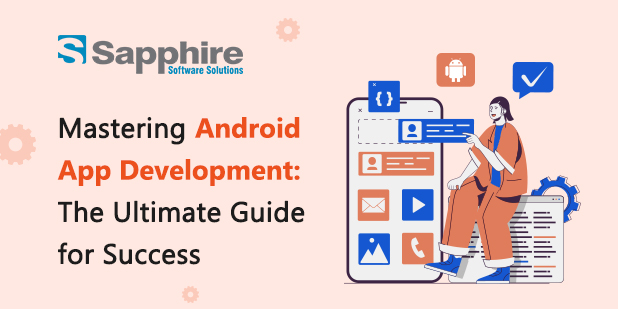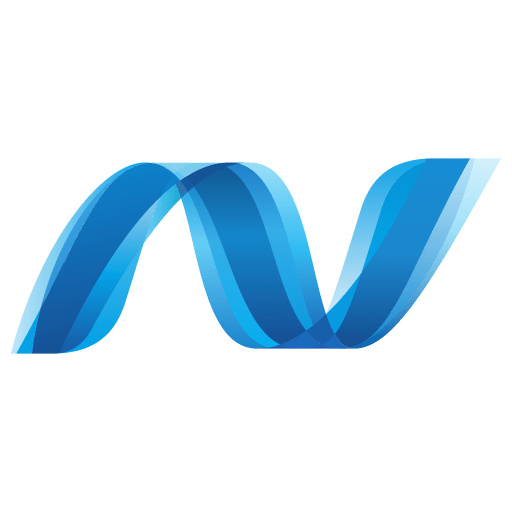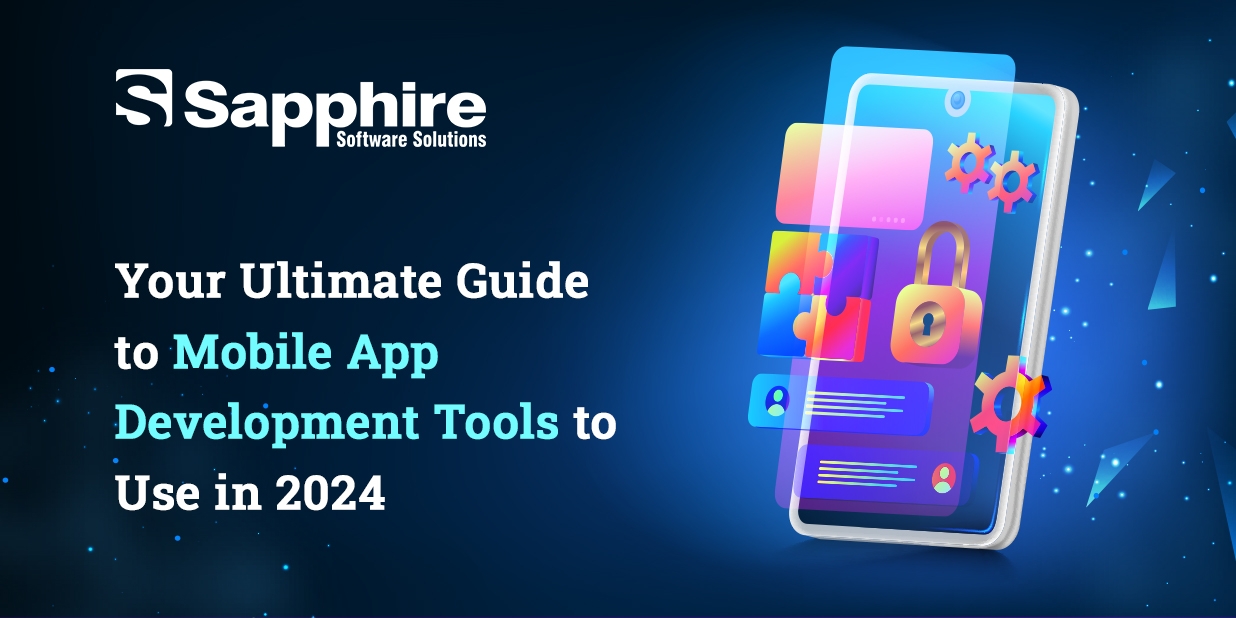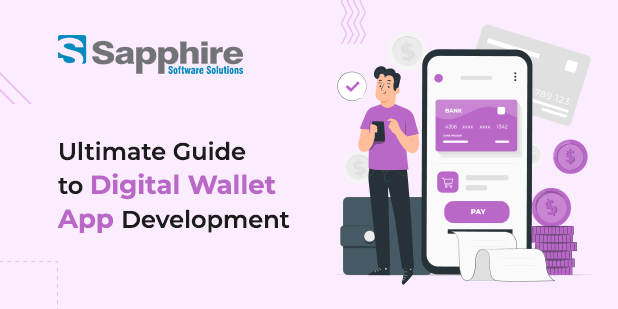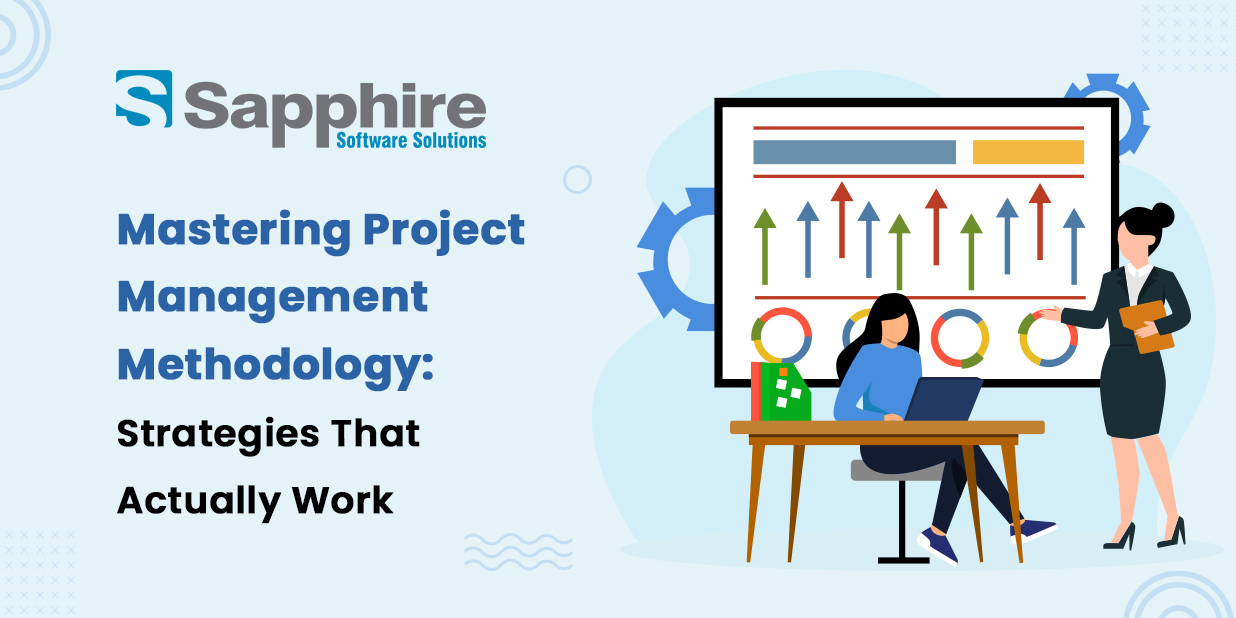The keys to becoming a skilled Android app developer are commitment, ongoing study, and practical experience. This thorough blog will be your road map to success in Android app development in 2023 and beyond. Let’s start!
1. Getting to Know the Android Ecosystem:
It would help if you first comprehended the Android ecosystem to build your skills as an Android app developer. This chapter will give you an overview of Android’s background, market share, and many operating system iterations. Regular upgrades have characterized Android’s development; thus, keeping up with them is essential to provide cutting-edge applications. The Android software stack and the Android Software Development Kit (SDK)’s function in app development will be covered. Building successful applications requires understanding your target audience and meeting their demands.
2. Making Your Development Environment Ready:
Installing Android Studio, the official IDE, is the first step in setting up your development environment for creating Android applications. The required equipment and the Android SDK are included with Android Studio. After downloading and installing Android Studio, you may modify the installation by choosing the appropriate SDK versions and extra components. After installation, set up virtual devices (emulators) or connect actual Android devices to Android Studio to test on, depending on your preferences. A correctly configured development environment will provide you access to the resources and tools you need to start creating Android applications quickly.
3. Development of Android Apps: The Basics
Understanding essential elements like activities, which stand in for individual screens, and intents, which promote communication between components and applications, is essential for developing Android apps. Services permit background tasks, whereas content suppliers make data exchange possible. Essential details about the app are included in the Android Manifest file. Mastering these ideas will provide a solid foundation for developing engaging and useful Android apps.
4. Design and Development of User Interface:
Successful Android app development services require carefully considering user interface design and development. It entails using various UI elements to create aesthetically pleasing layouts that improve the user experience. Developers must concentrate on making user-friendly, responsive interfaces that accommodate various screen sizes and orientations, whether they use XML or programmatically. Adhering to design standards like the Material Design principles will improve your app’s looks and usefulness. A smooth user experience is also facilitated by managing user input skillfully and offering feedback through animations and transitions. You can produce engaging, intuitive applications that leave a lasting impact on your audience by becoming an expert in user interface design and development.
5. Data Storage and Persistence:
Data persistence and storage are crucial for most Android applications to save and manage user data efficiently. Android has several alternatives for data storage, including files for directly saving data, databases like SQLite for structured data storage, and SharedPreferences for storing tiny key-value pairs. Data exchange across applications is made possible by content suppliers in a safe manner.
Developers must comprehend the many storage alternatives offered and choose the best one depending on the program’s needs to master data persistence and storage. The effective handling of data insertion, retrieval, and updating processes is necessary for data persistence implementation. Additionally, it’s essential to consider data security management, data backup implementation, and data access optimization. Developers may build robust applications that provide smooth user experiences while maintaining data integrity and security by efficiently using data persistence and storage.
6. Web Services and Networking:
The ability to interface with distant servers, access data, and communicate with online APIs is made possible via networking and web services, essential to creating Android applications. To simplify networking operations, Android offers various tools and frameworks.
Developers must have a solid foundation in making HTTP requests, managing replies, and parsing data formats like JSON or XML to handle networking and web services. Additionally, they must investigate well-known networking libraries like Retrofit or OkHttp, which provide sophisticated functions like request caching, authentication, and error handling.
To handle network requests without interrupting the main UI thread, developers must also be conversant with asynchronous programming methods like callbacks or coroutines. Developers may construct dynamic and linked applications that retrieve and update data from external sources, giving users real-time and interactive experiences by properly exploiting networking and web services.
7. Utilizing multimedia:
Many Android applications need to be able to interact with multimedia components, including photos, music, and video. The user experience will be improved, and your app will be more enjoyable by mastering the handling of multimedia material.
Using libraries like Picasso or Glide, which provide effective caching and scaling capabilities, you may load and show pictures on Android. The MediaPlayer or ExoPlayer API may be used to play audio, giving you control over playback and handling audio focus. The VideoView or ExoPlayer may broadcast or play local video files for video playback.
Create immersive and aesthetically pleasing programs that capture users by effectively managing multimedia components like picture loading and caching, audio playing controls, and video streaming. You can smoothly include multimedia into your Android applications by learning these techniques.
8. Performance Improvement:
To provide a seamless and practical user experience, performance optimization is a crucial component of Android app development. You can shorten app load times, increase responsiveness, and use fewer resources by improving performance.
Developers that want to master performance optimization should be familiar with strategies like layout rendering optimization, memory use optimization, and network call minimization. App responsiveness may improve via lazy loading, caching, and asynchronous activities. Performance may also be enhanced by optimizing database queries, using background threads, and efficiently managing resources.
Performance bottlenecks may be found, and certain parts of your app can be optimized with profiling tools like Systrace and Android Profiler. Testing and evaluating your app on numerous hardware and network configurations is essential to guarantee optimum performance in various situations.
You can build high-performance Android applications that provide outstanding user experiences and beat rivals in the market by emphasizing performance optimization and using best practices.
9. Debugging and Testing:
Assuring the caliber and dependability of your program, testing, and debugging are essential steps in creating Android apps. A polished and bug-free application may be produced by mastering these abilities, which enable you to see and repair problems.
You may use a variety of methodologies, including unit testing, UI testing, and integration testing, to test your app efficiently. Android Studio offers testing frameworks like JUnit and Espresso and helps automate and run tests.
Android Studio provides robust debugging features, including breakpoints, logging, and a debugger. You may walk through execution, check variables and data, and use these tools to find and evaluate problems in your code.
10. Publishing and Monetizing Your App:
The most critical development phases of developing an Android app are publishing and making money from your app.
Create a developer account on the Google Play Console before publishing your app, and gather all the materials you’ll need, such as an attractive app icon, captivating images, and a compelling app description. Before submitting your software to the Google Play Store, it is essential to test it and improve its performance correctly. Hire Android app developers in USA for your upcoming app development project.
You may monetize your app utilizing various methods once it has been released. Users may purchase extra features or content within the app via in-app purchases, which improves their experience while earning income. You may integrate advertising using networks like Google AdMob to show adverts in your app and make money from clicks or impressions. Using a subscription model, customers may get access to premium materials or features in exchange for ongoing payments. Use analytics tools to acquire user behavior and revenue creation information to maximize monetization. Adjust your monetization tactics depending on user involvement and feedback as you continue to evaluate the data.
Additionally, delivering first-rate customer assistance and consistently enhancing your software can increase user retention and happiness. Effective marketing, user engagement, and continuous user value delivery are all necessary for successful monetization. Using these tactics, you may increase your app’s income potential while giving your customers a worthwhile experience.
Keeping Up with the Latest Trends:-
To master the Android app development services, you must keep up with the latest trends, Some of them are:
- Material Design: Keep up with the most recent revisions and recommendations for Google’s Material Design. To ensure that your software adheres to contemporary design standards, Material Design concepts may be used to develop aesthetically attractive and simple user interfaces.
- Instant applications: Learn about the idea of instant applications, which let people test out your program without downloading and installing it. Instant applications provide a frictionless and smooth user experience that increases user engagement and may result in increased transactions.
- App Security: Keep up with the most recent security procedures and strategies to safeguard user information and avert security flaws.
- User Engagement and Personalization: Explore strategies for enhancing user engagement, such as push notifications, personalized recommendations, and interactive features. Personalization and user-centric features may be used to increase user retention and happiness.
- App Store Rules & Regulations: Stay up to speed on the Google Play Store’s rules and standards to maintain compliance and avert any possible app suspensions or deletions.
Conclusion:
You are well on your way to success if you comprehend the Android ecosystem, set up a productive development environment, grasp the foundations, and keep up with the most recent developments. If you are looking for an Android app development company in USA, Sapphire is the right destination. Contact us now!



















